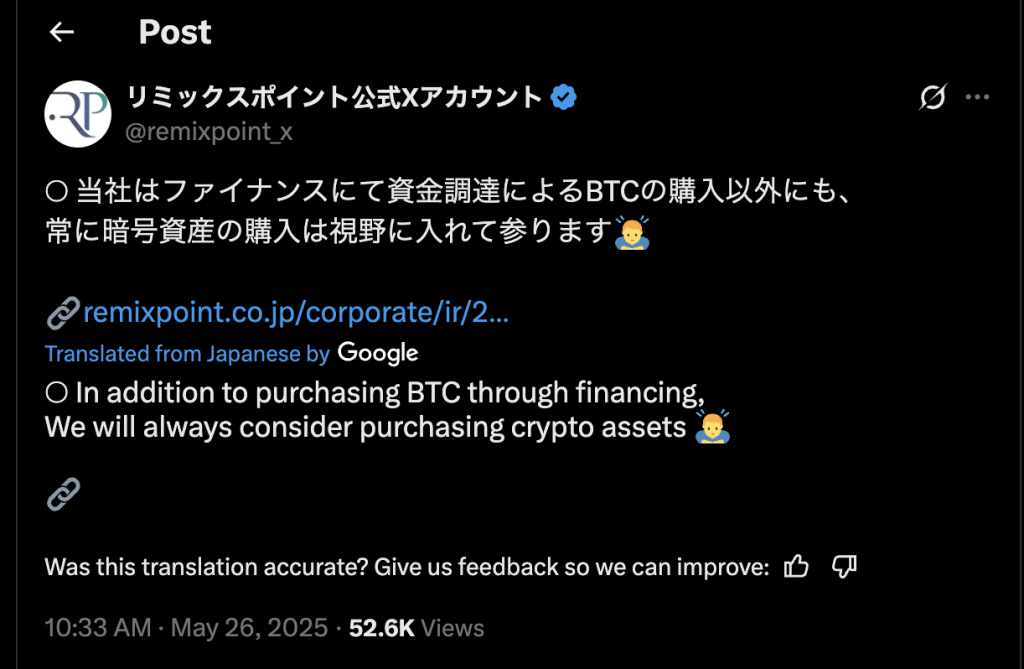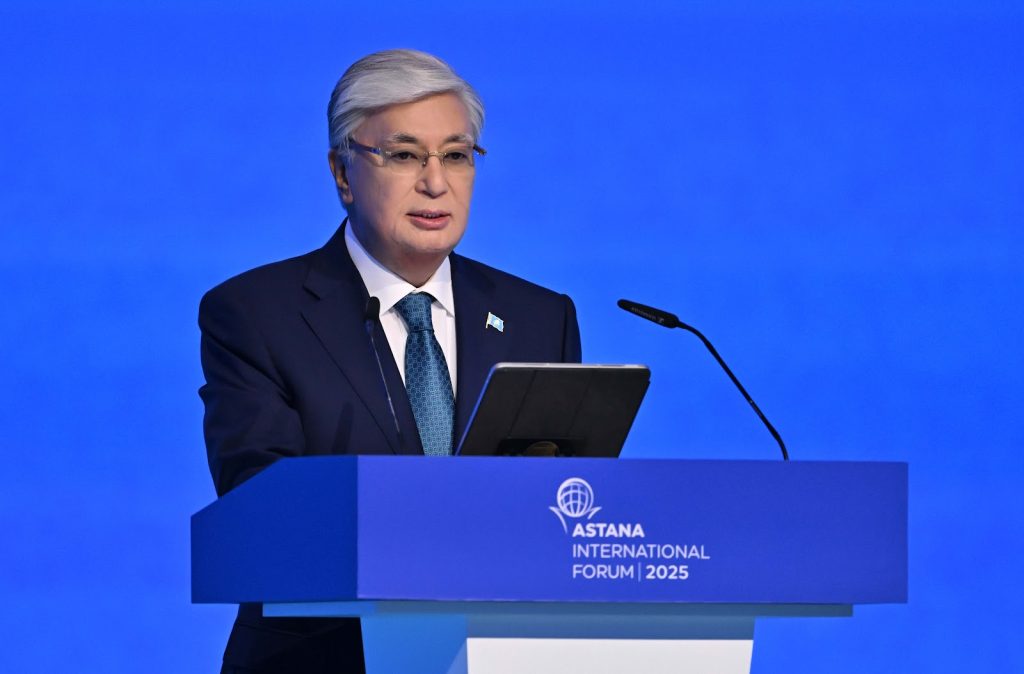The Institute for Corporate Productivity (i4cp) just conducted a new survey on the state of organizational culture health—part of our ongoing research into this important topic.
The preliminary analysis of responses to one question we asked jumped out at me:
In companies of 1,000+ employees, respondents who indicated that their organization’s culture is somewhat to very toxic are three times more likely to report not being able to recite their organizations’ values (41% vs. 13%) than those indicating their organizations have a healthy culture.
Now, will getting employees to memorize your corporate values create a healthier culture? Of course not … but it’s an interesting correlation. In our research on organizations with outstanding cultures and high market performance, it has always been clear that those companies take their values seriously and communicate them frequently.
More importantly, their leadership consistently exemplifies organizational values. Employees won’t naturally emulate what’s written in a PowerPoint or framed on a wall. Instead, they typically mirror the behavior of organizational leaders, who set the tone for what’s expected, what’s condoned and what is rewarded.
Some of the best companies we’ve researched not only have leaders who “walk the talk” but also spend a lot of time and energy training leaders on expected behaviors.
This is why another finding stood out to me even more than the first.
Respondents who reported that their organizations have very healthy cultures were 26x more likely than those indicating a somewhat or very toxic culture (78% vs. 3%) to have leaders whose behaviors align with organizational values (to a high or very high extent).
This is a significantly stronger finding than whether someone can rattle off the company values when asked. Having leaders who are steeped in the company’s values—and behave in a manner consistent with those values—is a hallmark of a healthy culture.
But how do organizations make sure that happens?
Measuring performance beyond business outcomes is one way. We found that high-performance organizations are nearly twice as likely to hold leaders accountable for employee outcomes in performance evaluations, incentive compensation and promotability. Those employee outcomes include retention, engagement, career development and talent mobility, among other elements. People goals are just as important as business goals in these companies.
The role of ‘bi-directional’ trust in company culture
Having leaders who walk the talk is also a trait often linked to a culture of trustworthiness. The best companies enjoy a great deal of bi-directional trust, and it’s clear this separates poor cultures from great ones.
Respondents who indicated that their organizations have a very or somewhat toxic culture are 4.4 times more likely to say a lack of trust in senior leaders is a challenge that needs to be addressed but equally four times more likely to indicate that the lack of trust in employees by senior leaders is also a top concern.
Previously from Kevin Oakes: Return-to-office mandates don’t improve productivity. Here’s what does
Lack of trust appears to be growing as a problem, and the policing of hybrid and remote work has contributed to this. Wells Fargo recently fired over a dozen remote employees after an internal investigation revealed they were engaged in a “simulation of keyboard activity creating the impression of active work” and employed mouse-jiggling technology. Not long ago, Dell told employees to return to the office or else … and nearly half of workers chose “or else,” according to news reports, accepting that they can no longer be promoted or hired into new roles within the company.
In these environments, there is often a lack of psychological safety to express opinions or concerns. Boeing’s brand-new CEO (announced at the end of July) will have to wrestle with this, given that the company suffers from a “culture of concealment,” according to the congressional investigation into the 737 Max tragedies of four years ago. Many have blamed Boeing’s continued issues on this same cultural trait.
Related: Why ensuring a culture of psychological safety is critical
Symptoms of unhealthy company culture
This is a common ailment in unhealthy cultures. The survey we just conducted found that those respondents who perceive their companies’ cultures as toxic were nearly five times more likely to indicate that an unsafe environment in which to express opinions or concerns is a challenge. This is especially troubling because these same respondents are also three to four times more likely to say that unethical behavior, lack of inclusion and bullying are issues of concern in their organizations.
Hopefully, CEOs and executive teams are taking note and more invested in renovating their current culture to improve overall health. i4cp’s research has found that high-performance organizations (those with better revenue growth, market share, profitability and customer satisfaction) are nearly six times more likely to have healthy cultures compared to low-performance organizations.
And although we often hear that “increasing productivity” is a primary reason for forcing employees to return to the office, our research shows that a healthy culture has more impact. Organizations with healthier cultures are twice as likely to report increased employee productivity.
If you are worried about your organization’s culture health, do some informal testing to see how many employees can recite the organization’s values. For those who can, find out if they believe leadership behavior is aligned with those values. If not, it may be time to consider a culture renovation® to help improve the work environment and, ultimately, the company’s financial performance.
Learn more from author Kevin Oakes at the upcoming HR Technology Conference next month in Las Vegas. He will lead an Ask the Experts discussion on culture change at 2:30 p.m. on Sept. 25 and present a mega session titled “The Nine Practices of AI Innovators” at 4 p.m. on Sept. 26.
Credit: Source link










